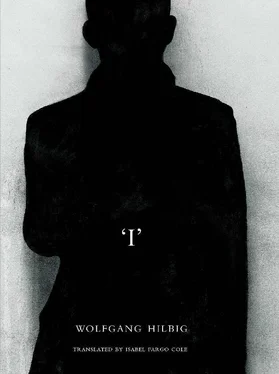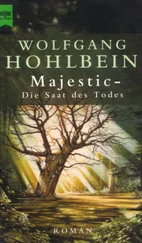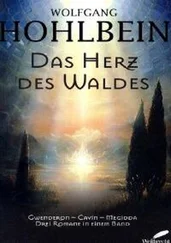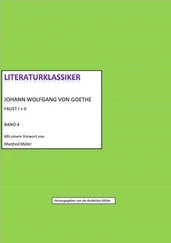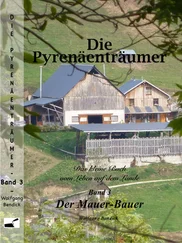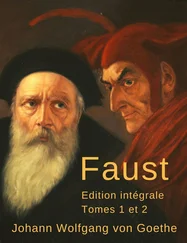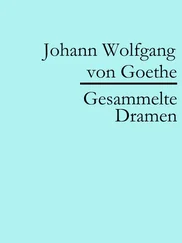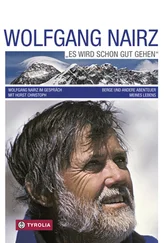Rosa Luxemburg’s best-known saying: ‘Freedom is always the freedom for dissenters.’ [Back to Text]
Hungary was a popular tourist destination for East Germans. In summer 1989, Hungary tolerated, then officially permitted travel across its border to Austria; hence, many East Germans used their Hungarian holidays to escape to the West. [Back to Text]
Afterword by Isabel Fargo Cole
‘I’: Historical Background
The years following German reunification in 1990 were a wrenching time in the ‘new German states’. The East German dissidents and civil rights activists who had brought down the Berlin Wall were overwhelmed by the rapid reunification, unable to navigate the new political system and assert their visions and concerns. Meanwhile, the opening of the Stasi files brought a long series of painful disclosures about some of East Germany’s most respected political and cultural figures — most spectacularly in the literary scene.
When ‘ I ’ first appeared in 1993, it was praised as the first serious literary exploration of the East German surveillance state and its demise — and its portrait of an underground writer turned informer caused a stir. That January, the playwright Heiner Müller and the novelist Christa Wolf had been exposed as ‘Unofficial Collaborators’ (Inoffizielle Mitarbeiter, IMs) for the Stasi.1 The shock waves were immense: Müller and Wolf were internationally respected for their artistry and their critical stances.
Still, Müller and Wolf were establishment figures who identified with socialist ideals and chose to work within the system. More shocking were the revelations about the ‘underground scene’, long lionized as a hotbed of opposition. Its chief impresario was the charismatic poet Sascha Anderson (b. 1953) from Dresden. In the 1980s he dominated the Scene in Berlin — Prenzlauer Berg and beyond, organizing events and editing samizdat and officially sanctioned publications in East and West. He co-edited a landmark anthology of young, ‘unofficial’ literature Berührung ist nur eine Randerscheinung. Neue Literatur der DDR (Connection Is Just a Fringe Phenomenon: New GDR Literature) published in West Germany in 1985. In 1986, Anderson moved to West Berlin but played an active role in the literary scenes on both sides of the Wall. 2
In 1991, singer-songwriter Wolf Biermann accused Anderson (‘Sascha Arsehole’) of having worked for the Stasi. It emerged that Anderson had worked as an IM since 1975, sent to Berlin for the express purpose of gaining control of the Scene:
By 1984 he had reached his goal [. .] he pulled all the strings [. .]. His verdicts held sway in East and West alike [. .]. Anderson’s main task was to depoliticize the Prenzlauer Berg Scene. That meant that he committed the younger poets and painters in his circle to an aesthetic master plan and systematically marginalized and vilified the older, politically engaged or active authors. . 3
Anderson was not the only writer to straddle the line between the ‘unofficial literary scene’ and ‘unofficial collaboration’, but his central role made his betrayal truly devastating. Among his peers, anger mingled with defensiveness, with some critics going so far as to call the entire Scene a ‘simulation’ of the Stasi.
Simulation, a favourite term of Jean Baudrillard, points to the sort of hip postmodern attitudes which Hilbig takes to task, and which Anderson embodied. Anderson propagated an experimental, ironically anti-political literature which many in the GDR found liberating. In a dogma-dominated society like that of the GDR, the eschewal of ideology could count as an ideological statement, the apolitical as political. Drawing upon Western poststructuralist thinkers, this literature focused on ‘language as such’: ‘a response to [. .] an increasingly mechanical public and official language of administration and declamation. This new tendency supersedes a more “content”-oriented literary culture created over the past decades by the generation of established [. .] GDR writers [. . such as] Christa Wolf.’4
Anderson gradually admitted his IM activities. His theoretical and psychological explanations for his behaviour were widely regarded as self-serving, even pathological obfuscation. ‘Betrayal is the right word,’ he told Stern magazine in 2001, ‘. . It was also a betrayal of my own “I”, an “I” that I still reject.’5 Still active in the Berlin literary scene, Anderson remains a figure of morbid fascination. In 2002, Anderson published a lyrical recollection (‘not an autobiography in the usual sense’): Sascha Anderson .
The story of Sascha Anderson, who was his own postmodern fictional creation, or the fictional creation of the Stasi, or the purveyor of fictions to the Stasi, or about the Stasi, or all of the above, clearly resonates with Hilbig’s novel. However, ‘I’ is not ‘Sascha Anderson’, nor indeed any other specific IM. Appearing at the height of the scandals, uncannily prescient about the Stasi’s modus operandi and the psychology of collaboration, ‘ I ’ was widely read as a roman-à-clef , but Hilbig felt misunderstood by this reading. He always emphasized that he had little knowledge of the inner workings of the Stasi (or, for that matter, of the Berlin Scene), and did not view his own Stasi files until after completing the manuscript.
Only in the final phase of my work on the novel ‘ I did I have to look up several so-called technical terms of Stasi language. The annotations in reference books on the Stasi sufficed for that. For me, the Stasi is an apparatus of diffusion; its practice was secret, indistinct, and to a large extent fictional (for the collaborators of the agency as well) [. .] and that was exactly the climate I wished to dwell in while writing the work. It would have been virtually a hindrance for me to know very much.6
Judging by my research for this translation, however, Hilbig’s vision of the Stasi’s workings is remarkably accurate, and his riffs on Stasi language show a preoccupation with its specific culture. In fact, Hilbig’s author’s note indicates that he interviewed IMs as part of his research. According to his friend Lutz Nitzsche-Kornel, he also examined friends’ Stasi files; he had explored Nazi language usage too (see Victor Klemperer’s 1947 book Lingua Tertii Imperii ) and spoke of the need to similarly analyse GDR-jargon. And he had first-hand knowledge of the language of the Stasi — from interrogations he underwent during two months in prison.7
Hilbig was himself one of the ‘unofficial writers’ who were spied on by the Stasi and its informers such as Anderson. In prison, he was subjected to recruitment attempts, which he withstood. Yet he was drawn to describe the experience of the perpetrator, not the victim. He declined to pass moral judgement on the IMs, often implying that in different circumstances he might have broken down and collaborated.8
The fact that Hilbig did have significant knowledge of the Stasi makes it all the clearer that his emphasis on imagination and intuition is an artistic statement, and a courageous one. By claiming the ability to imagine, from within his own psyche, the ‘inner biography’ of a Stasi informer, and indeed the Stasi system, he implicates himself. More explicitly, he implicates himself as a writer by comparing writing and informing. ‘Not equating, comparing. [. .] Both, the informer and the writer, create a fiction of reality and a fiction of characters whom they ponder, sound out, observe.’9
For Hilbig, the ‘writer as informer’ is not a paradox or a postmodern peculiarity of Prenzlauer Berg, but an intrinsic human problem. Hilbig transcends a specific historical irony in part by seeking its roots in the individual psyche, in part by setting it seamlessly in a broader literary tradition. Kornel-Nitsche named Edgar Allan Poe’s ‘The Narrative of Arthur Gordon Pym’ as the primary inspiration for ‘ I ’ in its rhythm, syntax and narrative logic.10 The unreliable narrator of Poe’s novella, spiralling further and further away from reality, also seems echoed here. In Hilbig’s two epigraphs, the modish experimentalism of the Scene is set against Ludwig Tieck’s Romantic fairy story ‘Der Runenberg’, in which a hunter is lured into an underground realm. Other Romantic motifs, such as the doppelgänger, pervade the book as well. ‘Feuerbach’ harks back not only to the philosopher Ludwig Feuerbach, who influenced Karl Marx, but also to his father Paul Johann Anselm Ritter von Feuerbach, benefactor of the foundling Kaspar Hauser, another figure who haunts these pages.11 Though the novel is most clearly marked by the tension between Romanticism and postmodernism, there is an abundance of other literary references, as to Samuel Beckett (a strong influence on Hilbig) and Bertolt Brecht (‘you see best from the dark into the light’ plays on the final verse of ‘Mack the Knife’). Most telling, perhaps, is the implicit allusion to Hilbig’s idol, Arthur Rimbaud: ‘I is another.’12
Читать дальше
